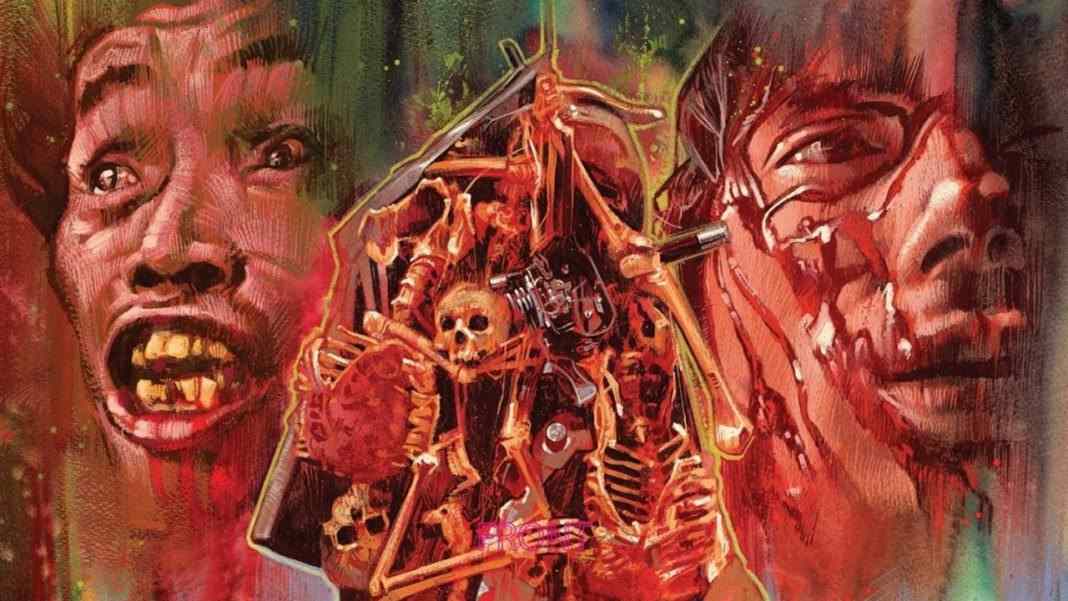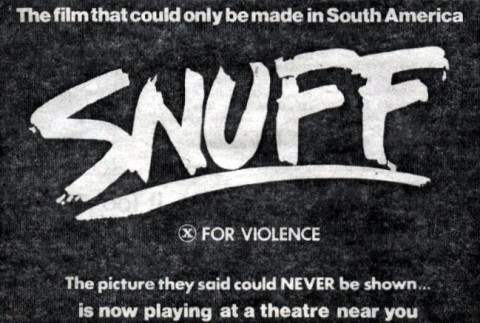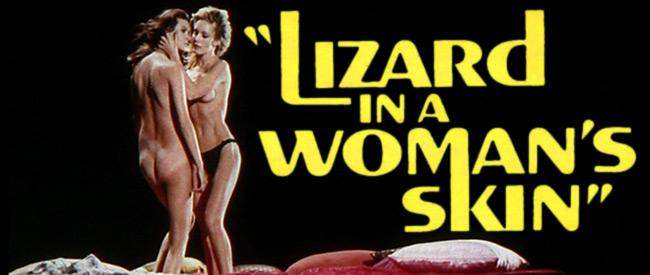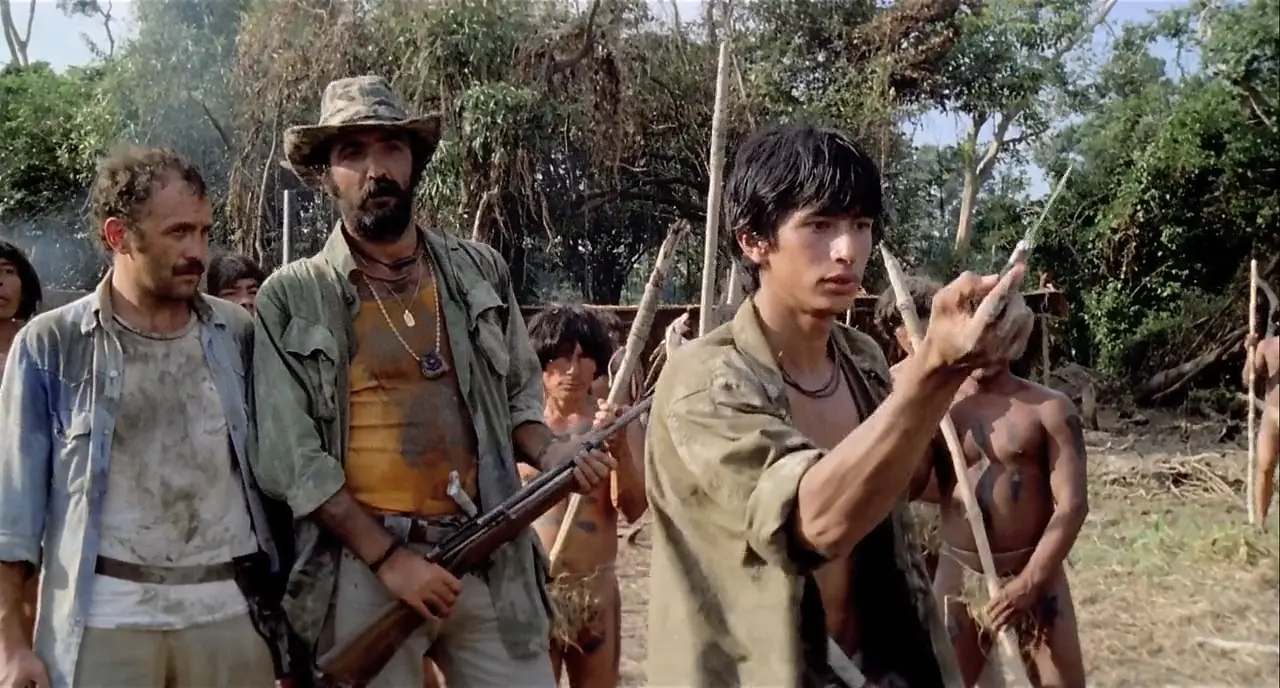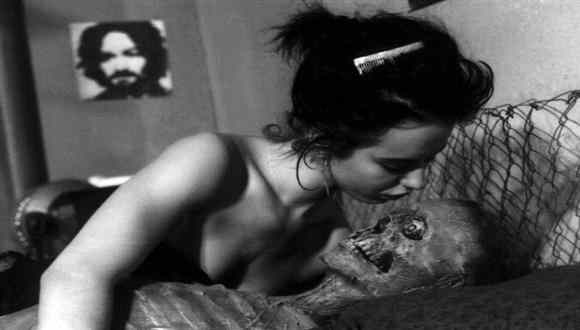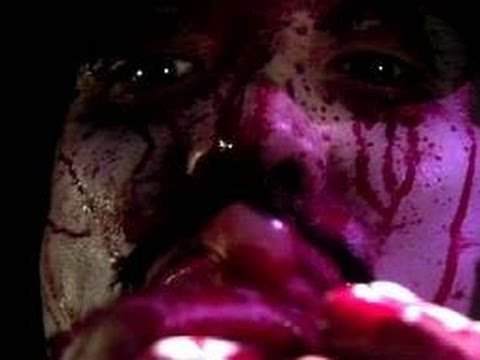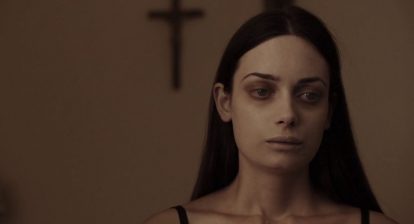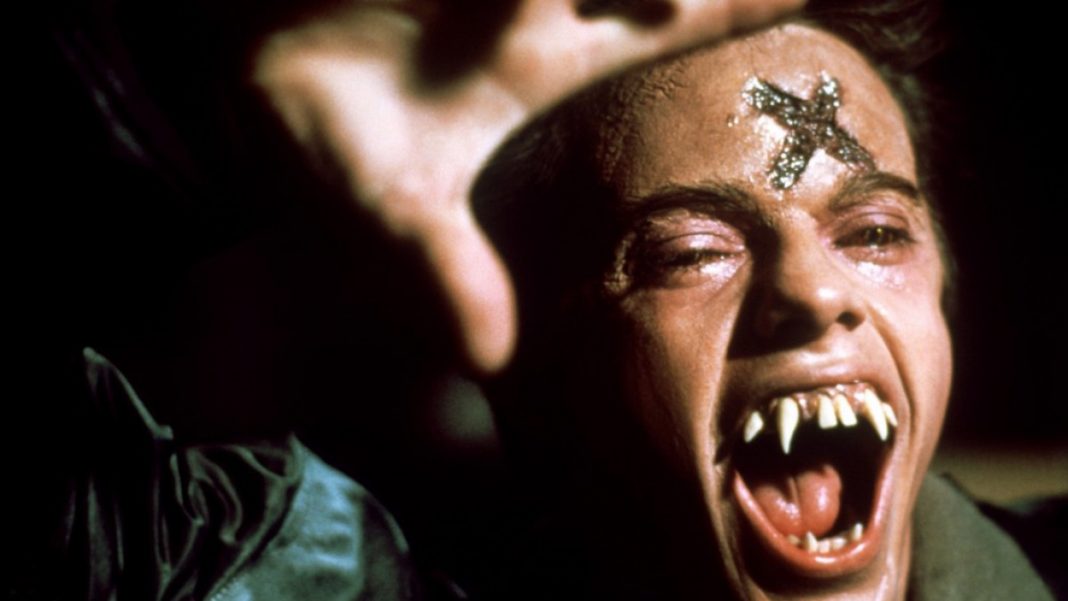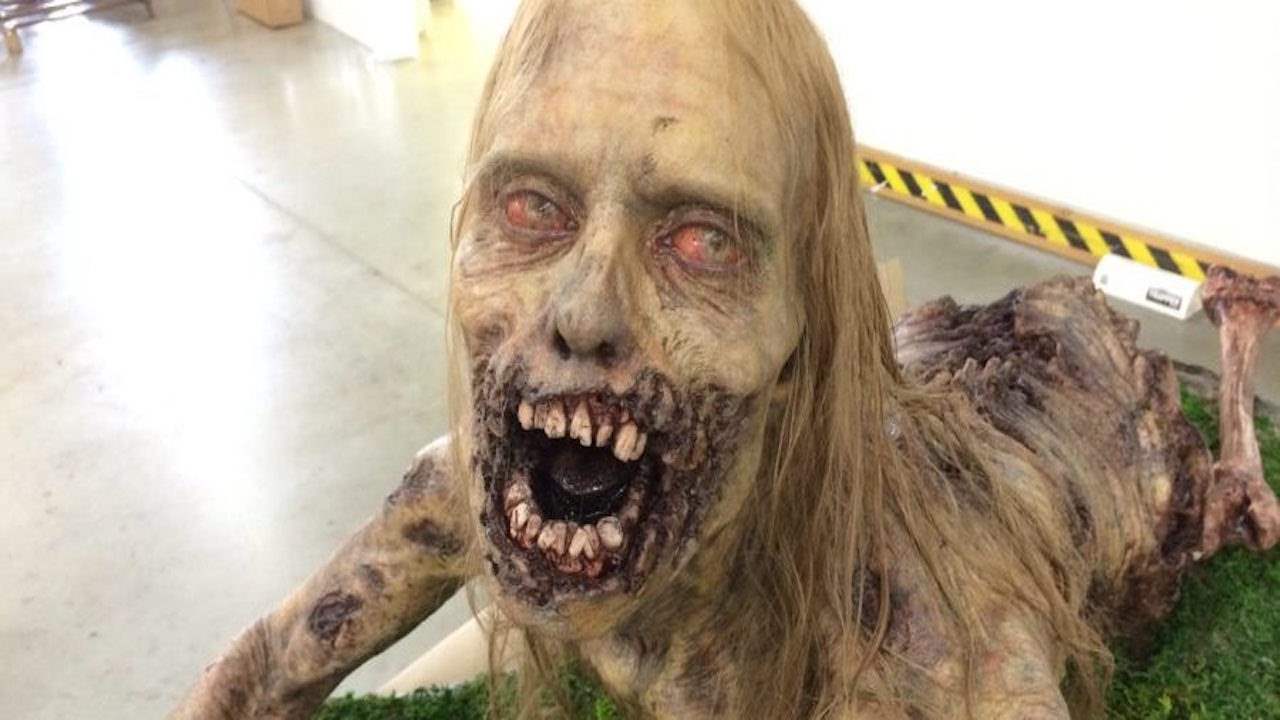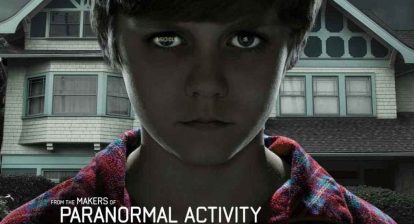Everyone who makes a horror movie hopes their film will have an impact on people. Sometimes, though, it’s taken a little too far. The director wants to explore new extremes, take the genre further than ever, and the finished film causes a public outrage. Sometimes, that reception gets out of control. Here are some horror movies that made the public think that what they were seeing was actually real. Most of them were investigated in court. While these reactions are extreme, in some cases they were exactly what the filmmakers wanted. A public outrage against a movie at least means that the public is aware of the movie.
When it comes to a horror film, there really is no such thing as bad press. All of these films are now notorious cult classics and their protestors are probably to thank for that.
Seven Horror Novels So Extreme They Could Never be Adapted to Film
Snuff
One of the biggest cases was that of the movie Snuff, which had just about everyone convinced that it depicted a real-life murder. The film followed the exploits—in every sense—of a Manson-like murder cult. There was coverage on the CBS Evening News and other major outlets, there were protestors and an eventual court case. One of the interesting things that sets Snuff apart from others is that the early protestors were actually hired by the distributor to promote interest, a point that proved moot once the actual protests started.
One of Lucio Fulci’s most disturbing giallo features—although New York Ripper still takes the cake for me—Lizard in a Woman’s Skin marks the first time an effects artist was forced to prove that his work was not real in a court of law. Carlo Rambaldi designed dogs for a very graphic scene that depicted animals being experimented on. He had to come into court to showcase the effects and how they were done to prove the dogs were not real, saving Fulci from a two-year prison sentence.
Probably the most famous case of a horror film being brought into court, Cannibal Holocaust was a game-changer in a lot of ways. It was one of the earliest found footage features and more than that it is one of the most disturbing movies ever made. There were a lot of tricks used to make the violence look more realistic. Real animals were killed, for instance, so that the human deaths would look just as genuine. Director Ruggero Deodato was brought into court, as everyone believed the film was real, and had to present the actors to prove that they had not actually been killed.
People believed some shots in Nekromantik were real, despite its lack of budget, but this film was brought into court for other reasons. Director Jorg Buttergeit had to prove that his film was art, because the censors were labeling it as smut. He had to show that he did not use a real corpse for the love scenes. The film was made illegally, as the German Censorship board at the time was specifically designed to stop films exactly like Nekromantik from getting made. But while it was banned in its home country it was available elsewhere.
This is an interesting one, because Faces of Death was specifically designed to make audiences think it was real. Not even that certain scenes were real, just the whole thing. Everything about it was a promotional tool to appear edgy and extreme. The box art even claimed that it was banned in 40 countries when, in reality, it was banned in five. There are real shots of real death in here, but they are all archival, from newsreel footage. Even now, people insist the gratuitious death scenes were real.
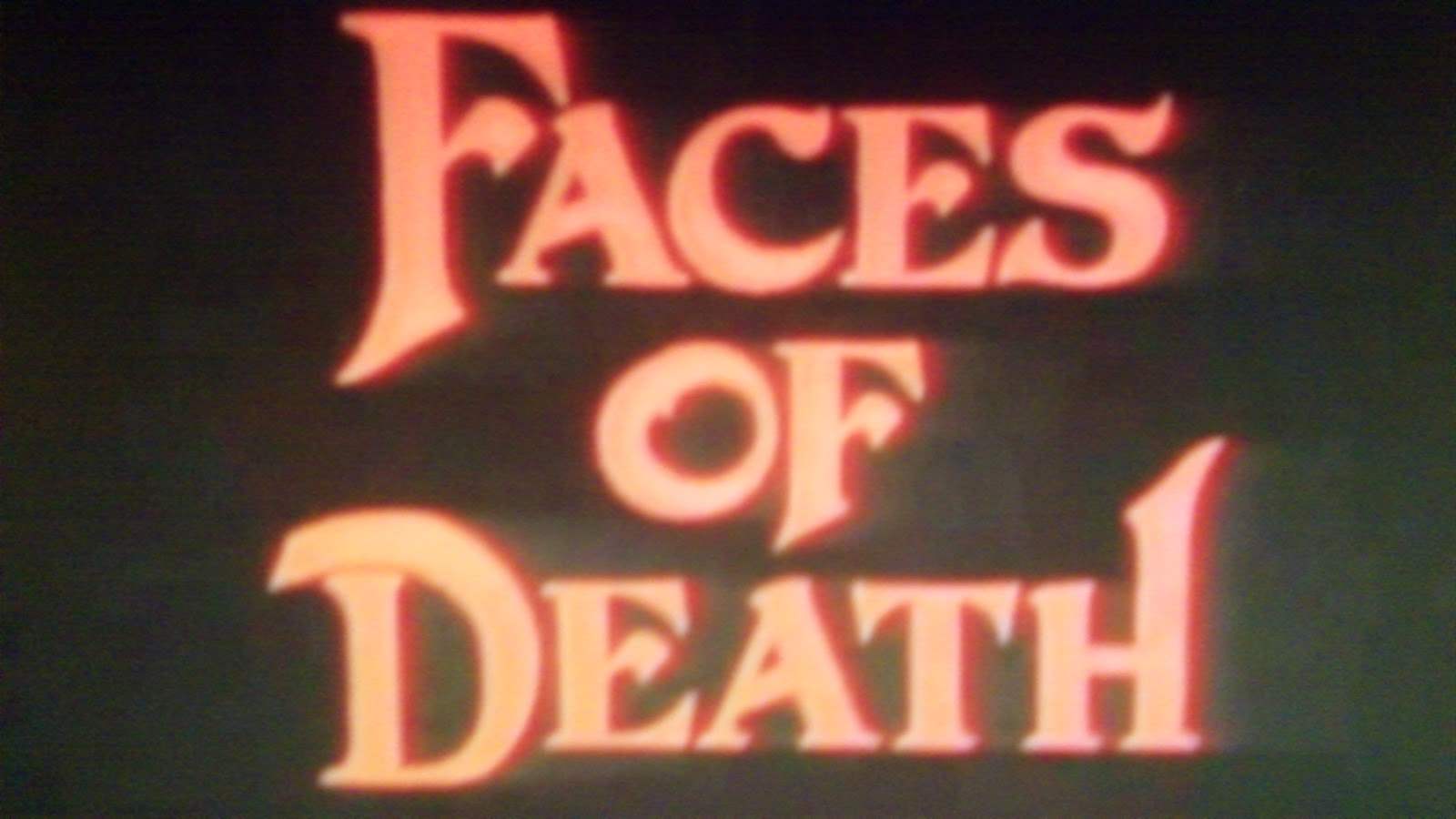 Guinea Pig: Flowers of Flesh and Blood
Guinea Pig: Flowers of Flesh and Blood
The Guinea Pig series is a gore-heavy slasher series from Japan. The second film caused quite a panic and is probably the strangest story on this list. In 1991 Charlie Sheen saw the film and became convinced that it depicted a real-life homicide, so he contacted the FBI. Director Hideshi Hino had to put together a making-of documentary to show how the special effects were accomplished in order to bring the investigation to a close.
